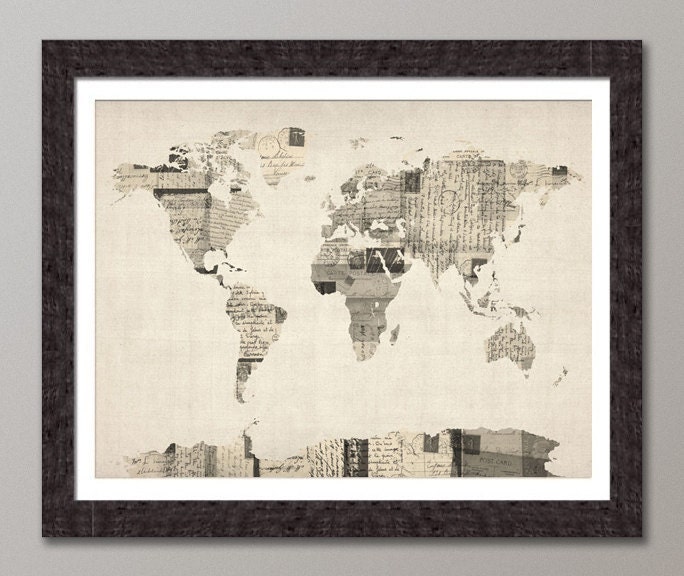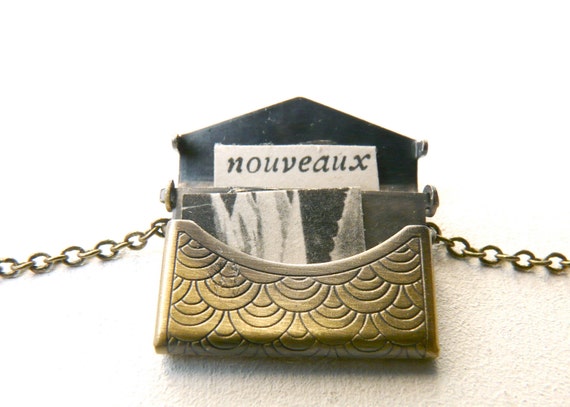 |
| photos ©2013 Max & Co. Post |
I recently came upon some old slides - some from Germany in the 1950's, some from the Seattle World's Fair in 1962, and some from random places in Europe. In this day of digital photos, it was obvious that I had to scan them so that I could store them on my computer. Fortunately, I have a Canon Photosmart printer / scanner that came with a slide scanner accessory. The first attempt scanning a slide turned out to be way to dark. And blurry. And very, very blue. I adjusted the scanner settings to lighten up the photo, but then there was very little contrast and the dust was insane. I tried leaving the lid open which produced a gray scale photo with vertical lines. I tried covering the photo with something that would reflect the light (glossy photo paper, glass, shiny stainless steel), all to no avail. I even played with the scanned photo in photoshop for about 30 minutes trying to manipulate it into a usable photo.
Then I found
this post about the "other way" to scan slides - i.e. use your camera. I set up a little light box, with a "light wall", black felt on top to block out ambient light, the slide accessory from the scanner to mask the back light, a mini-tripod and my cheap macro lens. Voila. It worked like a charm. All of the photos came out crisp, properly exposed and not to saturated.













